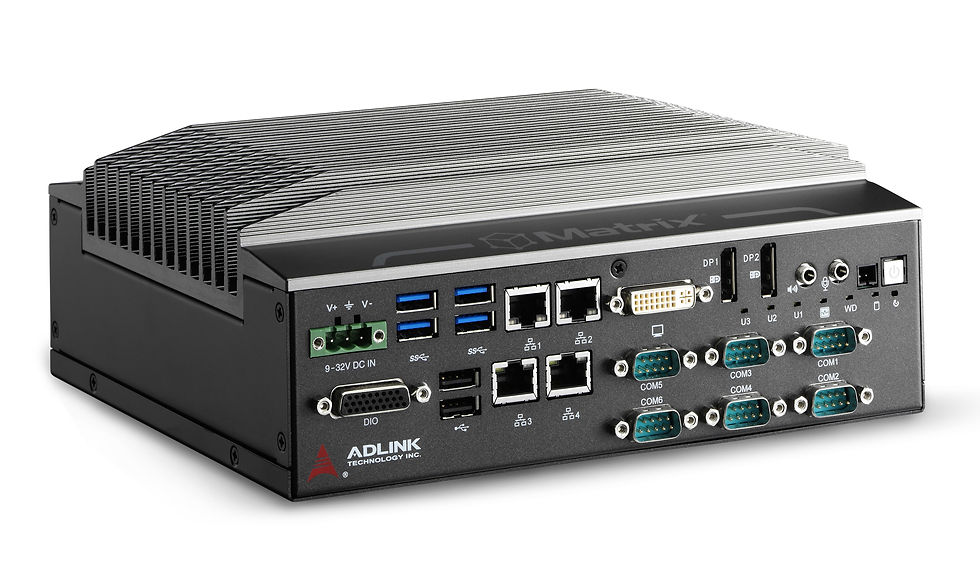Why Should You Invest in Surge Protection Devices for Your Home and Business?
- joddiemarshall6
- Nov 7, 2024
- 3 min read
The Necessity of Surge Protection Devices
Surge protection devices (SPDs) are crucial for safeguarding your electrical systems from the unexpected spikes in voltage typically caused by lightning strikes, power outages, and other electrical disturbances. These devices are engineered to divert excessive electrical energy away from your sensitive appliances and electronics, preventing potential damage and extending their lifespan. In a world where our dependency on technology is ever-increasing, ensuring the safety of your electronic equipment with effective SPDs is more than a convenience—it's a necessity. Installing SPDs not only protects from direct surges but also from those induced in power lines running parallel to your own, making them an essential safeguard for any modern home or business setup.
Types of Surge Protection Devices
There are several types of SPDs available, each designed to meet specific needs based on your electrical setup and the sensitivity of your equipment. The primary categories include Type 1, Type 2, and Type 3 devices, each offering different levels of protection. Type 1 devices are typically installed at the service entrance and are designed to handle large surges, such as those from lightning. Type 2 devices are used at the circuit breaker panel to protect against residual surges that pass through Type 1 devices or enter through other pathways. Lastly, Type 3 devices are installed close to sensitive electronics, providing an additional layer of protection by dealing with any surge that has bypassed the earlier defenses. Understanding which type of SPD is best suited for your needs can significantly enhance your overall surge protection strategy.
Integration with Circuit Breakers
Integrating surge protection devices with circuit breakers is a strategic approach to enhance your electrical system’s safety. Circuit breakers are designed to safeguard your home and office by preventing overcurrent, which can cause electrical fires. However, they do not protect against transient voltage spikes. By installing SPDs in conjunction with your existing circuit breakers, you can ensure a comprehensive defense against both sudden surges and persistent overcurrent conditions. This combination not only protects your infrastructure but also helps in maintaining the operational integrity of your power systems, thus preventing costly downtime and repairs.
Installation and Maintenance
Proper installation and regular maintenance of surge protection devices are key to ensuring their effectiveness. SPDs should be installed by a licensed electrician to make sure they are integrated properly within your existing electrical system. Post-installation, it is vital to conduct periodic checks to ensure that the SPDs are functioning correctly. Over time, the protective components within SPDs can degrade, especially after a major surge event. Regular maintenance checks can help identify when replacements are needed, thus keeping your protection system robust and reliable. This proactive approach not only secures your electronics but also enhances the overall safety of your electrical setup.
Cost-Benefit Analysis of Surge Protection
Investing in high-quality surge protection devices may seem like an upfront cost, but the long-term savings are substantial. The cost of replacing fried circuitry, not to mention the potential loss of business operations, can be devastating. By comparing the relatively low cost of SPDs to the high cost of replacing damaged electronic equipment and potential data loss, the return on investment becomes clear. Additionally, many insurance companies recognize the value of installing SPDs and offer reduced premiums for homes and businesses that take proactive measures to protect their electrical systems. This not only decreases the likelihood of costly claims but also promotes a safe environment for all your electronic interactions.



Comments